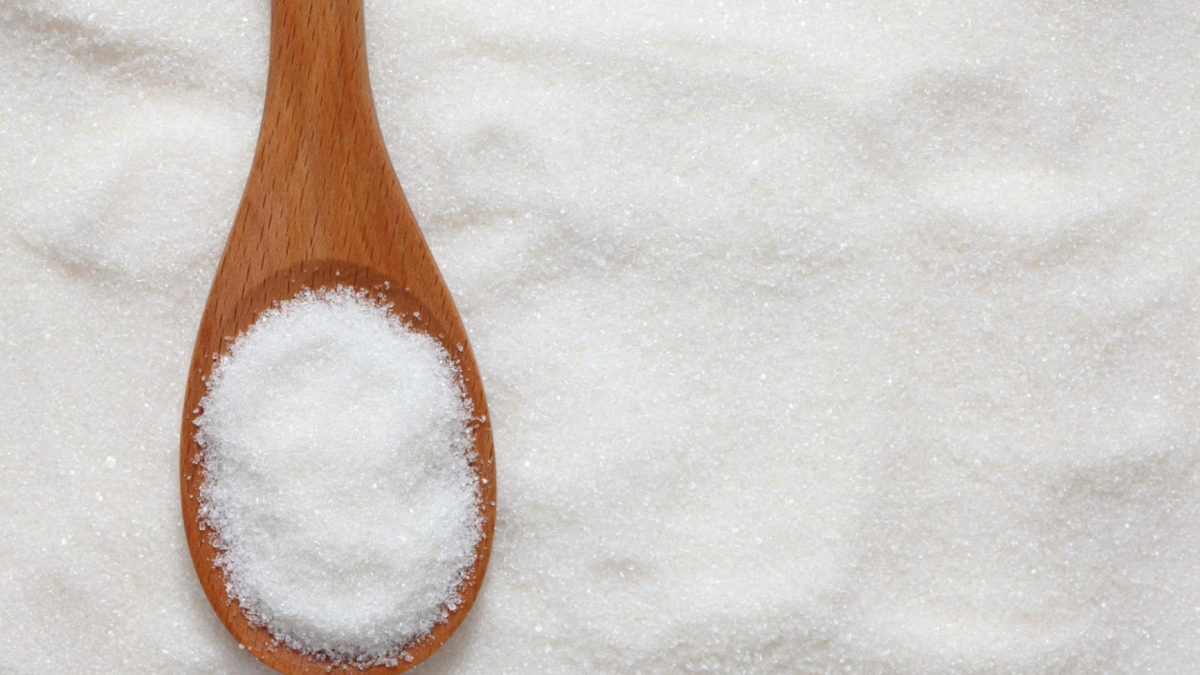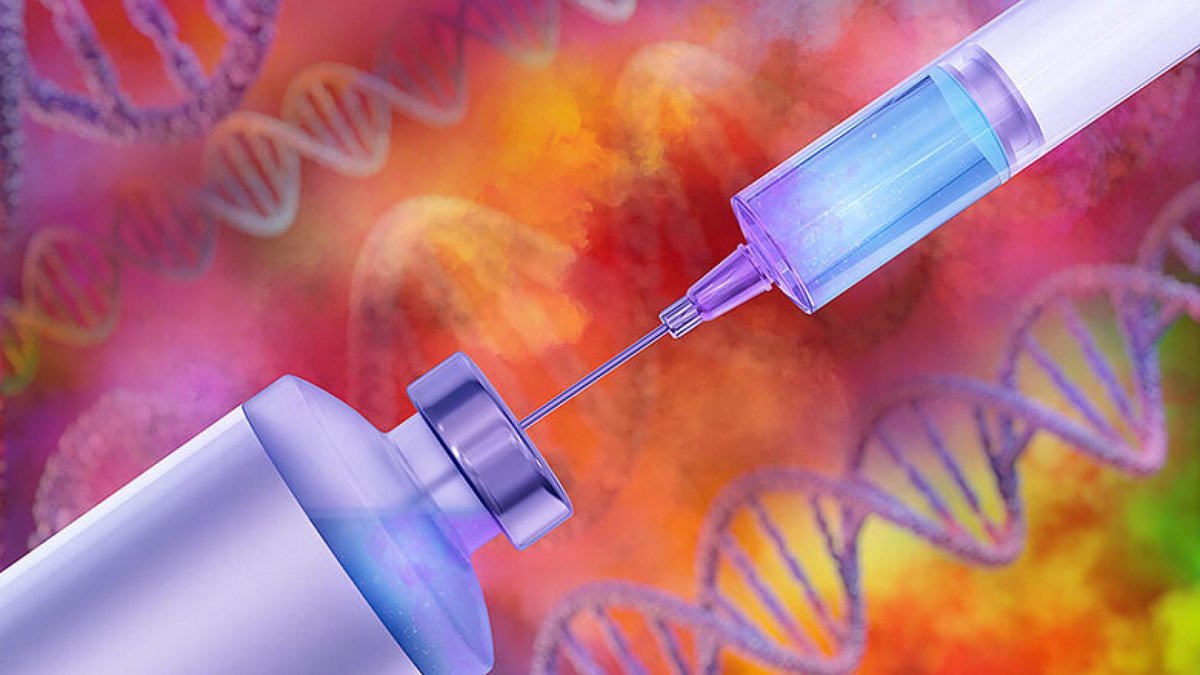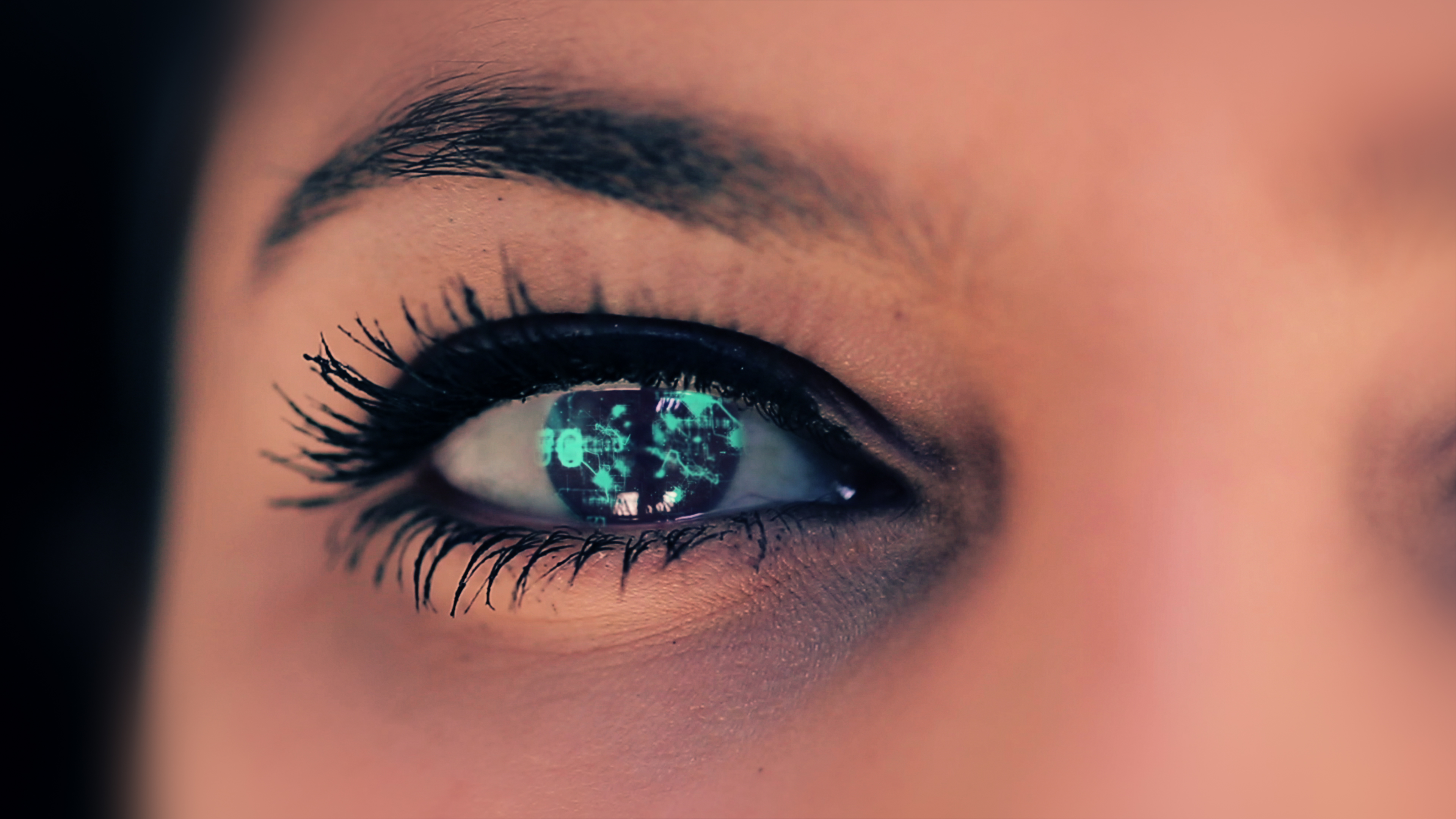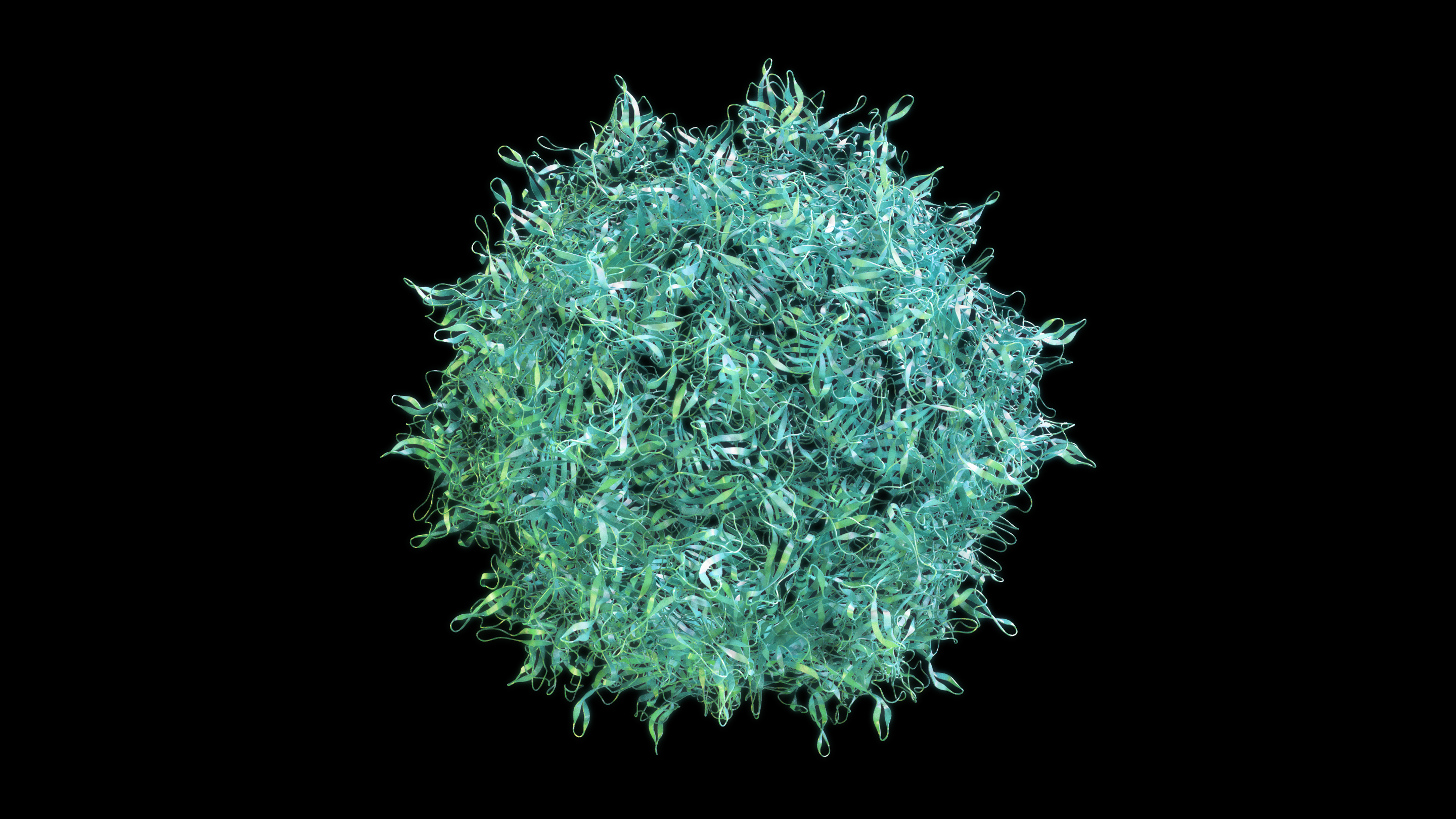
Learn why sugar has been linked to an increased risk of developing a number of diseases, including age-related macular degeneration.
Patients often ask, “What can I do to decrease my risk of vision loss from age-related macular degeneration (AMD)?” Studies have shown that a diet rich in green leafy vegetables, such as spinach, kale, and collard greens, as well as fish (salmon, sardines, tuna, or mackerel, twice a week), can reduce risk. So can AREDS vitamins, if recommended by an ophthalmologist. More recent studies now indicate that lots of simple sugar in the diet increases AMD risk.
Important Research
Professor Allen Taylor at Tufts University Medical School has lead the charge implicating sugar in AMD. Over ten years ago, analyzing large datasets on AMD patients, he found a significant association between simple sugar intake and risk for development of large drusen. Drusen are white spots in the retina, which are visible to an ophthalmologist during an eye exam and indicate a higher risk of central vision loss from AMD. Soon thereafter, Professor Paul Mitchell’s group in Australia confirmed Dr. Taylor’s finding in a second large group of AMD patients.
More recently, Dr. Taylor’s group was able to induce AMD-like disease in mice given a diet high in simple sugars. Importantly, some of these retinal abnormalities were reversible after the mice were switched to a low sugar diet.
Simple sugars can be harmful because they result in the production of advanced glycation end products (AGEs), which promote inflammation. Intake of simple sugars has been linked not only to AMD, but also to other diseases promoted by inflammation, including cancer, heart disease, and arthritis.
What are ‘Simple’ Sugars?
Simple sugars are those that are rapidly absorbed and raise the blood sugar. They are found in foods with a high “glycemic index” which is a measure of how much and how rapidly the food increases blood sugar. Foods with a high glycemic index (GI) include those with lots of added sugar, like soda and candy, baked goods made with refined white flour (bread or pretzels, for example), and some natural foods that release sugars rapidly, such as white rice and potatoes. The higher the number, the more rapidly the food will increase blood sugar. A GI above 70 is very high.
Surprisingly, most fruits, while they contain sugar and taste sweet, do not have a high GI because they don’t release the sugar rapidly. Watermelon is an exception and is best eaten in moderation.
Interestingly, Dr. Taylor’s study on the high GI diet mice showed changes in the gut microbiome, which refers to the genes associated with the collection of bacteria, fungi, and viruses living in your gastrointestinal system. These changes can negatively influence systemic inflammation and chronic diseases like AMD.
In summary, food for thought (and vision), includes green leafy veggies every day, fatty fish twice a week, and fruits, but not high GI foods like candy, soda, pasta, white rice, bread, and most snack foods.
About BrightFocus Foundation
BrightFocus Foundation is a premier global nonprofit funder of research to defeat Alzheimer’s, macular degeneration, and glaucoma. Since its inception more than 50 years ago, BrightFocus and its flagship research programs—Alzheimer’s Disease Research, Macular Degeneration Research, and National Glaucoma Research—has awarded more than $300 million in research grants to scientists around the world, catalyzing thousands of scientific breakthroughs, life-enhancing treatments, and diagnostic tools. We also share the latest research findings, expert information, and resources to empower the millions impacted by these devastating diseases. Learn more at brightfocus.org.
Disclaimer: The information provided here is a public service of BrightFocus Foundation and is not intended to constitute medical advice. Please consult your physician for personalized medical, dietary, and/or exercise advice. Any medications or supplements should only be taken under medical supervision. BrightFocus Foundation does not endorse any medical products or therapies.
- Diet & Nutrition
- Lifestyle
- Nutrition









